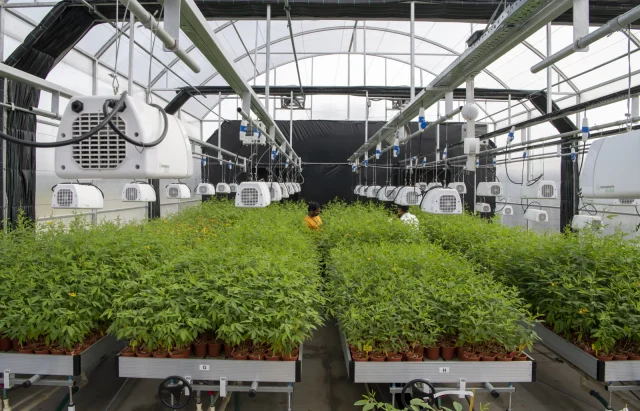Challenging barriers to capturing accurate data on food intake in Kenyan populations
- From
-
Published on
12.09.22
- Impact Area

Do you think you will be able to remember everything you ate and drank in the last 24 hours? And if you did, do you think you could tell exactly how much of one thing or another you ate or drank, including the water and ingredients used to prepare the food? How do you imagine this information could be faithfully retrieved? Read on to learn about the creative bets of our scientists in Kenya to depict as faithfully as possible what people usually include on their plates. This helps identify the excesses and deficiencies in these people’s diets to design interventions that defeat enemies such as malnutrition.
Related news
-

ICRISAT to Deliver World-Class Services as CGIAR’s Breeding Resources South Asia Hub
International Crops Research Institute for the Semi-Arid Tropics (ICRISAT)07.07.25-
Biodiversity
-
Food security
Strategic collaboration to scale innovation and deliver harmonized, high-quality support across CGIA…
Read more -
-

ICRISAT to deliver world-class services as CGIAR's Breeding Resources South Asia Hub
Breeding for Tomorrow07.07.25-
Nutrition, health & food security
Strategic collaboration to scale innovation and deliver harmonized, high-quality support across CGIA…
Read more -
-

Scaling nutrition impact: Schools serve up High-Iron Beans
The Alliance of Bioversity International and the International Center for Tropical Agriculture (CIAT)03.07.25-
Nutrition, health & food security
Iron-rich beans can be integrated into consumers’ diets to enhance nutrition and cognitive functio…
Read more -
